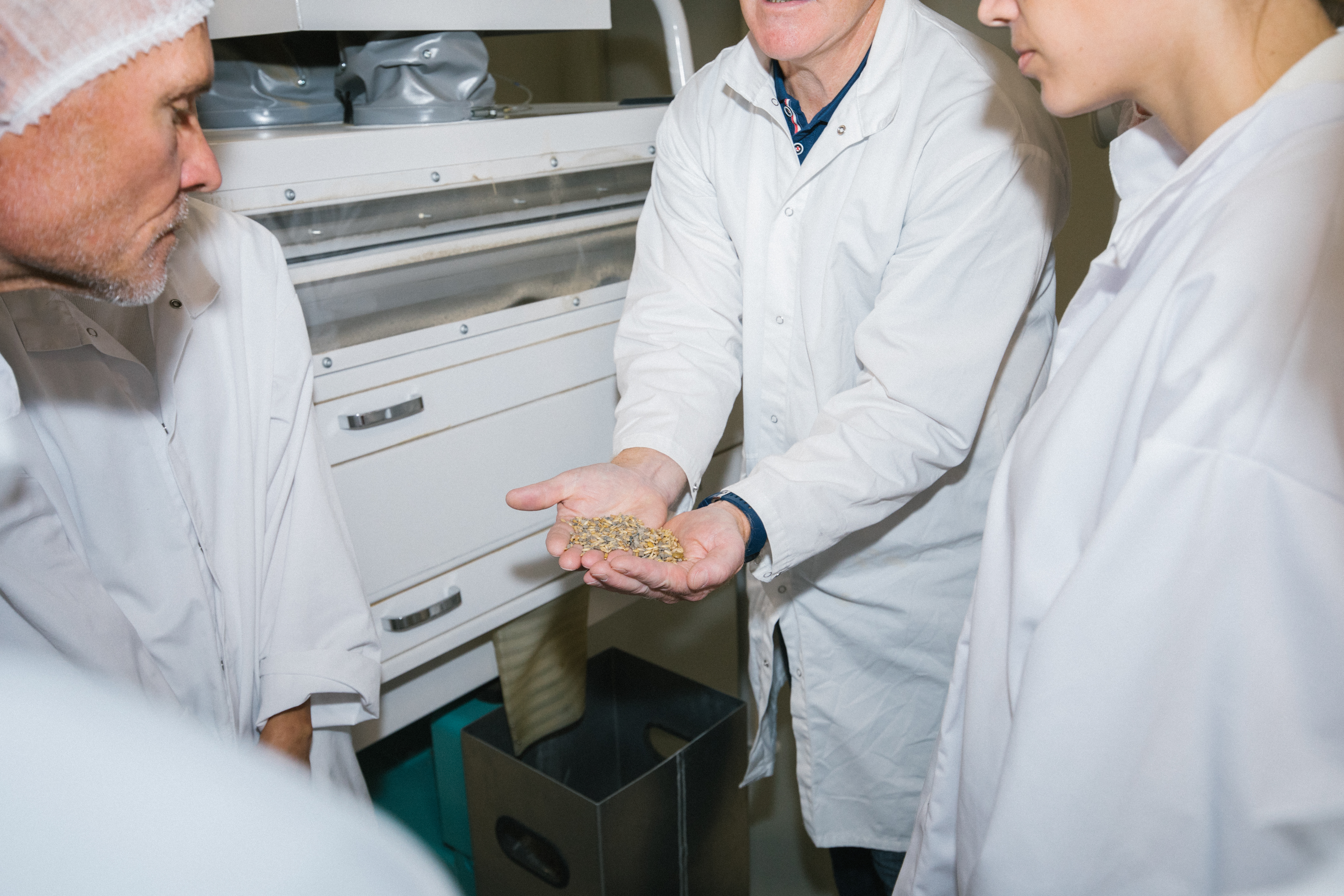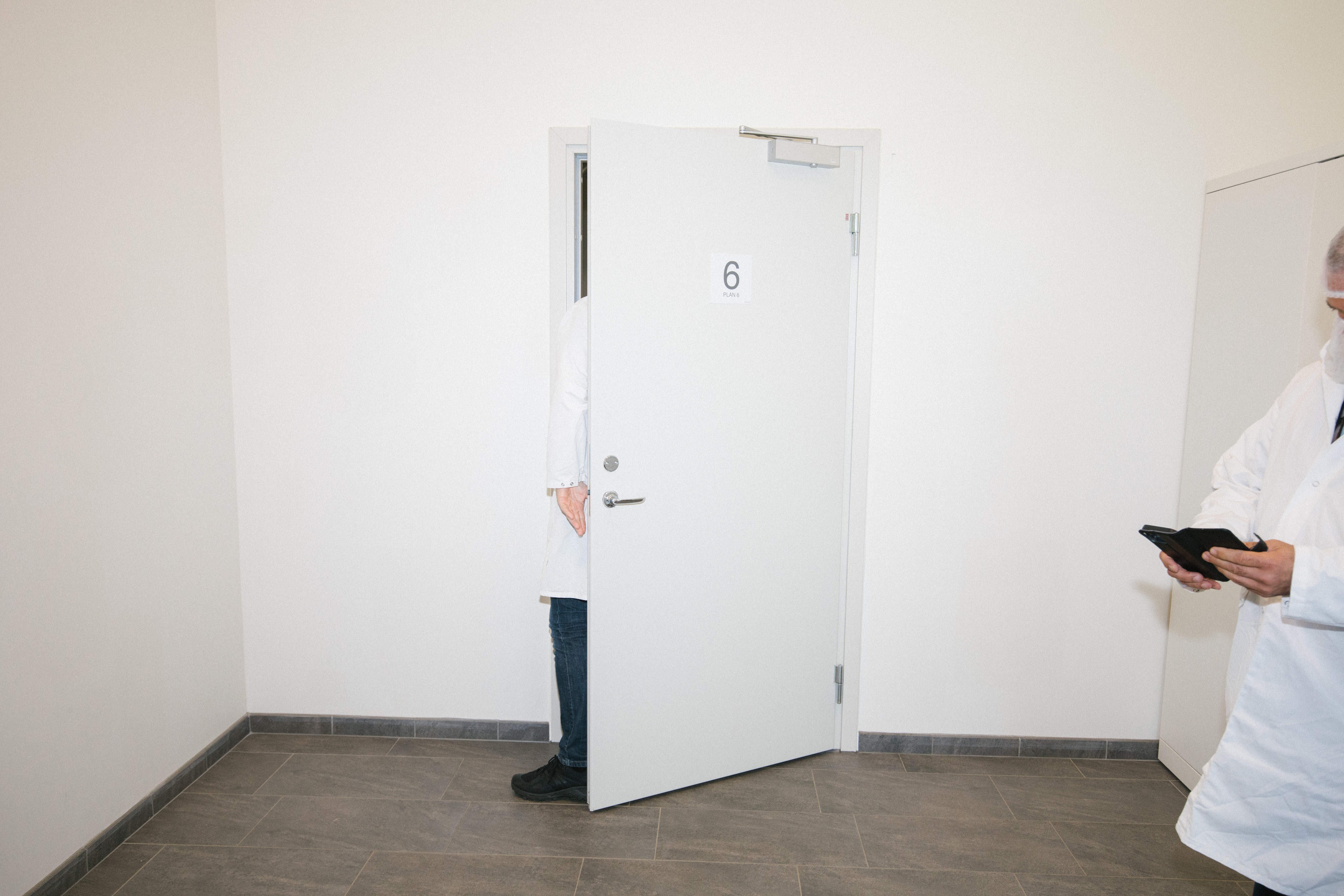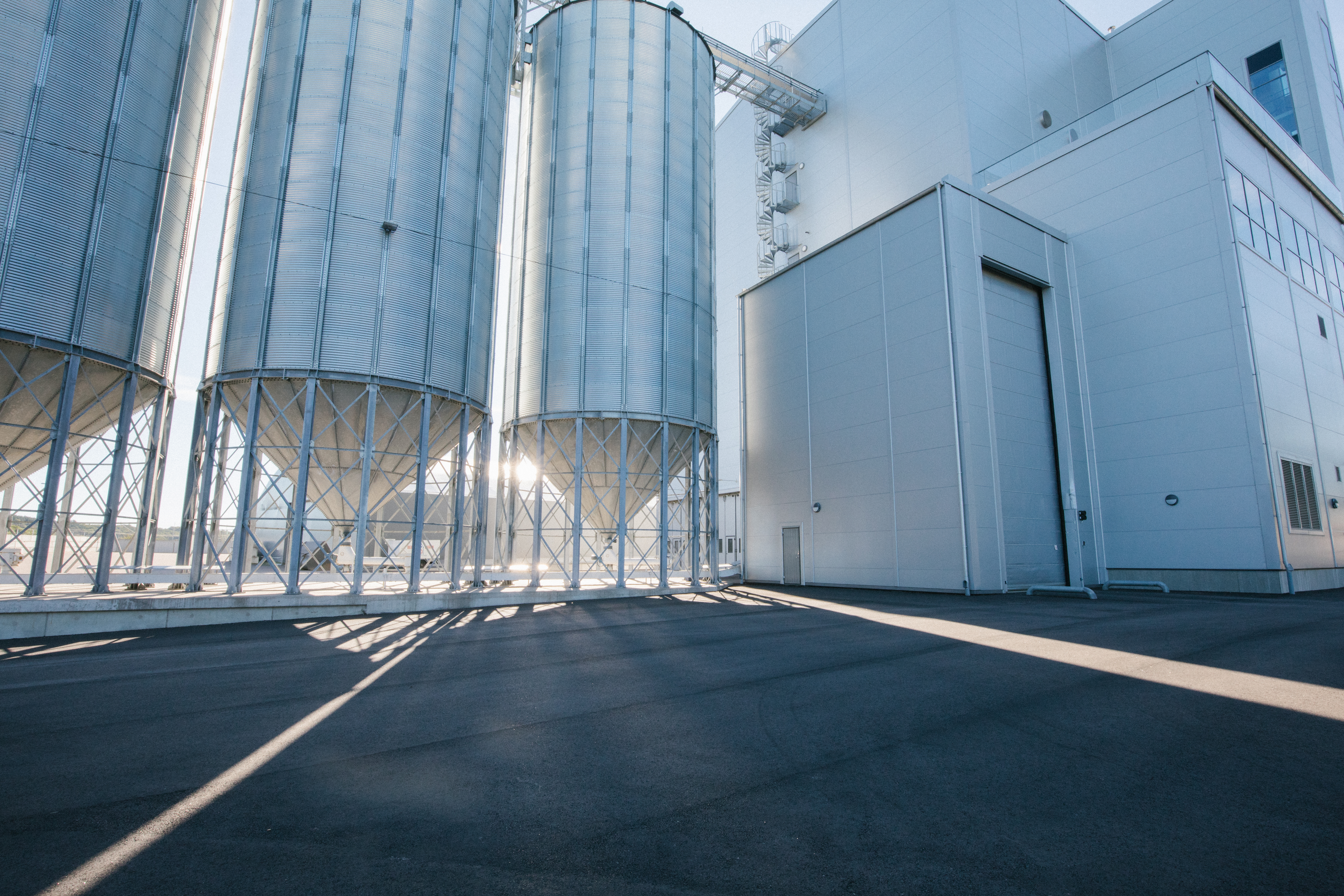At Oatly, we love engaging with our community of oat drinkers. And we think we’re pretty reliable about hearing (and even deeply internalizing) your comments. A lot of them are great. Some of them are not so great. A small percentage of them tell us to go f*ck ourselves. But this is the business we’ve chosen.
We also recognize when there’s an elephant in the room. And in every LinkedIn reply, every Instagram comment, we sense an undercurrent of curiosity about one thing in particular. And the time has come to address it: Yes, we’re finally going to show you what the inside of an oat mill in Sweden looks like.
But first, there’s more! This is no ordinary oat mill, because it sits on the land of no ordinary mill company. This oat mill--again, the exact variety of oat mill you’ve been clamoring to see--is the property of Berte Qvarn, touted as the oldest family-business in Sweden, at 453 years and counting. And we, Oatly, use Berte Qvarn as our primary Swedish supplier of oats. (Talk about burying the lede.)
Before we reveal what the inside of a fancy oat mill looks like--and it is truly spectacular--let us first reveal what a very old Berte Qvarn resembled in the late 19th and early 20th centuries. We have black-and-white photos and everything. (In the engagement biz, we call this “building suspense.”)
Marvel at ancient millstones, the practical functionality of antique machinery, and just how heavy everything looks. That’s vintage Swedish milling right there. And it’s a testament to the resilience and innovation of Berte Qvarn over the centuries.
Naturally, Oatly is quite supportive of Berte Qvarn and its deep milling roots. (We’re Swedish too, remember?) Our partnership with the company--a mill that traditionally has focused its efforts on wheat and rye--is key to establishing even more long-term relationships with mills and gaining insight into how our oats are sourced.
Ultimately, we want to cut through the fog and track down the origins of a mill’s oats--while proving the power and future relevance of the mighty oat. Further along, we plan to use our bonds with mills to help modernize sourcing methods with farmers. Smartphone apps will be downloaded. Data analysis will be involved. It’ll be very technological. (We’re actually in the early stages of working with the Improvin’ app to, that’s right, improve traceability throughout our supply chain and better understand sourcing from the field level.)
Long story short, what the inside of an oat mill in Sweden looks like is as important to Oatly as it is to you. Which is why you’ll see some Oatly employees acting very interested in the photos below. You’ll also see Fredrik Nilsson, who is not only the raw materials manager at Berte Qvarn (and our tour guide), but possibly the most photogenic Swedish man alive.
We do acknowledge that, on the surface, this reveal will seem like the result of some selfish act: Oatly travels to Berte Qvarn, where it’s established a rewarding business partnership, and gets a personal tour of the facility. But thanks to our keen ability to read our audiences--honestly our sixth sense as a company--we also finally get to show you, the people, what the inside of a Swedish oat mill looks like. It really is a win-win.

Lots of rubbish is filtered out while milling. This is that rubbish, up close and personal.

Perhaps traveling to an Oatly carton near you soon. (Not him.)

Never mind what’s behind this door. We like to keep secrets.

Outside once again! Here are some silos.